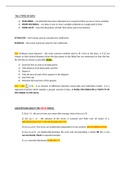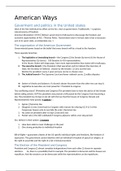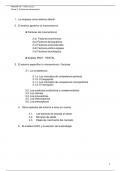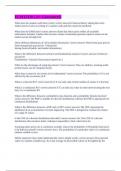Notes de cours
Financial Econometrics
- Cours
- Établissement
FR2202 Financial Econometrics Notes, for City University London students, contain an overview of every topic covered within the module. Summarised into a 16-page single document, the notes were prepared using both lecture notes, in-class discussions and core textbook (ISBN: 6823) This lecture n...
[Montrer plus]












